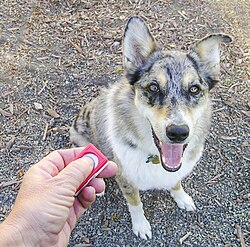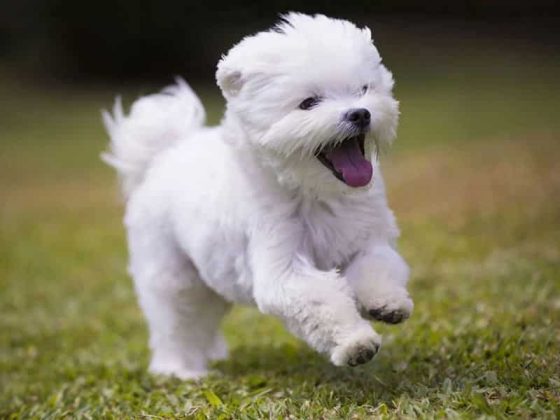Dogs are typically trained using behavioral response or reward-based training methods, both of which have been proven highly effective. However, another practical and efficient approach is the model-rival training method.
Model-rival training leverages social stimuli to educate dogs. Given that dogs are inherently social animals, they can learn a great deal by observing their surroundings.
Model-Rival Training
In model-rival training, the social stimuli of dogs are harnessed to generate interest in tasks, without the use of rewards or food. Dogs are allowed to observe their environment and are then instructed to mimic what they see. This method is repeated until dogs understand and complete the given tasks.
A dog is allowed to watch another trained dog accomplish a task, with the expectation that they’ll replicate the action. This process stimulates the social instincts in dogs, leading them to perform the desired activity.
Dogs’ Enthusiasm During Model-Rival Training
Model-rival training can heighten your dog’s enthusiasm to accomplish tasks. For the training to be successful, you need to position your dog in a spot where they can observe another dog performing the task. However, not all dogs can stay still and watch another dog.
Excessive activation of social stimuli in dogs can lead to aggressive barking. Although this can indicate enthusiasm and fast learning, excessive barking can also pose a challenge for average pet handlers who may struggle to control their dogs.
Model-Rival Training in Puppies
Model-rival training can be beneficial for puppies, as they can observe and learn from older, well-trained dogs. This method can help young dogs, who are highly sensitive to their environment, become less erratic and learn quickly.
In conclusion, model-rival training is one of the most effective training methods. It works rapidly, efficiently, and accurately. Dogs learn to name objects very precisely and focus on the tasks during training, instead of being distracted by rewards like food.










